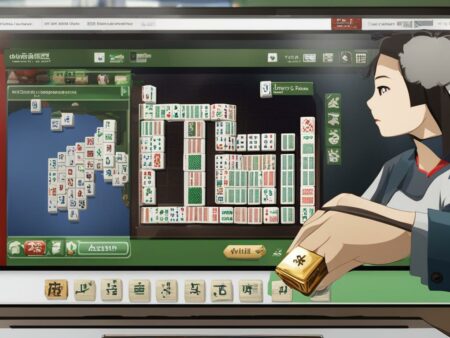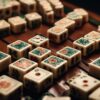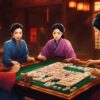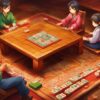Welcome to our comprehensive guide to Mahjong rules! If you’re a fan of this ancient Chinese game or looking to learn more about it, you’ve come to the right place. Mahjong is a game that requires skill, strategy, and a deep understanding of the rules. In this guide, we’ll take you through everything you need to know about Mahjong, from its history and setup to gameplay, scoring, and winning.
Whether you’re a beginner or an experienced player, our guide will provide you with all the information you need to master the game. We’ll cover the different types of tiles, special rules, and winning conditions, as well as common strategies and variations of the game.
Mastering the rules of Mahjong is essential if you want to play with skill and confidence. So, please sit back, relax, and let us guide you through this fascinating and rewarding game.
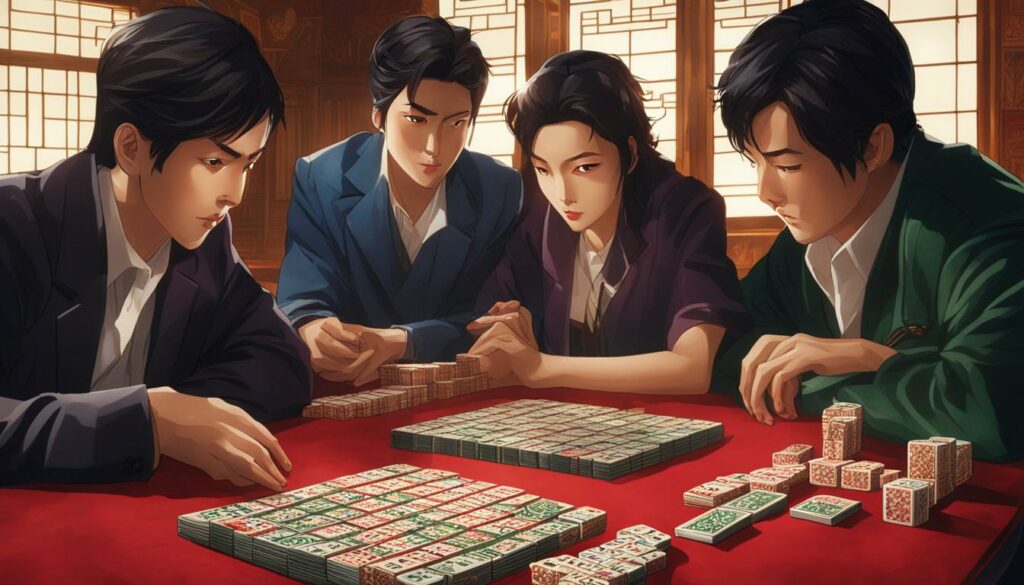
Introduction to Mahjong
Mahjong is an ancient Chinese game that has gained popularity worldwide. It is a tile-based game that involves strategy, skill, and a bit of luck. Understanding the rules of Mahjong is crucial for anyone who wants to play with confidence and enjoy the game.
The origins of Mahjong can be traced back to China in the Qing dynasty. It was initially played by the wealthy and elite, but it later became popular among people of all classes. Today, Mahjong is played all over the world, often with variations specific to different regions.
A Mahjong set consists of 144 tiles, each with a unique design. The tiles are divided into suits, such as bamboo, dots, and characters, and honor tiles, which include winds and dragons.
Mahjong is not just a game of chance; it also requires skill and strategy. Successful players need to understand the different tile combinations and how to build their hand to achieve winning conditions. The game’s objective is to create sets of tiles based on specific rules and conditions.
As you continue reading this comprehensive guide, you will gain insights into the history, rules, and strategy of Mahjong. By the end of this guide, you will have a thorough understanding of Mahjong and be ready to take on any opponent with confidence.
Setup and Equipment
If you’re looking to play Mahjong, you’ll need to ensure you have the right equipment and setup. The following section will guide you through everything you need to know to successfully set up a Mahjong game.
Equipment
The equipment required for Mahjong is relatively simple. You will need a set of Mahjong tiles, a table, and four players.
The Mahjong tile set comprises 144 tiles, divided into three suits: bamboo, characters, and dots. Each suit has tiles numbered one through nine, with four copies of each tile. There are also honor tiles comprising red, green, and white dragons and north, south, east, and west winds. Finally, there are flower and joker tiles that can be used in some game versions.
When choosing your Mahjong tile set, make sure the tiles are durable and that the characters and symbols are easy to read. Some materials commonly used for Mahjong tiles include bone, bamboo, and plastic.
Table Setup
Setting up a Mahjong table may seem complicated, but the process is relatively straightforward. You’ll need to follow these steps:
- Clear the table and ensure there is enough space for all four players to sit comfortably.
- Place the Mahjong tiles face down on the table and shuffle them thoroughly.
- Arrange the tiles in a wall formation. Start by making a row of tiles in front of each player, two tiles high and 18 tiles long. The remaining tiles should be stacked on top of each other to form a square wall. The walls should be stacked two tiles high and should surround the tiles in front of each player, creating a square shape.
- Place the dice on the table and have each player roll the dice to determine who will be the dealer. The player with the highest roll will become the dealer.
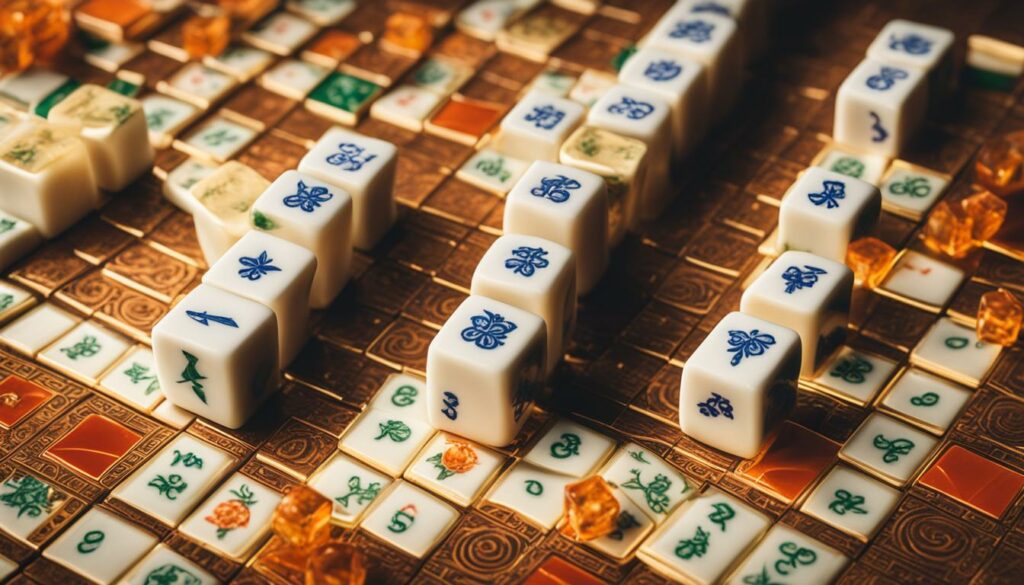
Variations and Strategies
As one of the world’s oldest and most popular games, it is no surprise that Mahjong has evolved into various forms. Each variation has its own unique rules and gameplay, but the fundamental principles of the game remain the same.
- Chinese Classical Mahjong: This variation is the closest to the original game played in China, with simple rules and a no-point system. It is also played with a special deck that includes more tiles than other versions.
- American Mahjong: This variation has roots in Chinese Classical Mahjong but has evolved into a uniquely American version. It is played with a different set of tiles and includes joker tiles – a wildcard that can be used to complete a set.
- Japanese Mahjong: This version is the most complex and strategic of all the variations. It includes a unique scoring system with several extra tiles and has strict rules regarding calling tiles. The Japanese version of Mahjong is played competitively and is a popular pastime in Japan.
Regardless of which variation you choose to play, several common strategies can help improve your gameplay:
- Think ahead: Anticipate what tiles your opponents may need and choose your discards carefully to prevent them from completing their sets.
- Keep track of the tiles: Pay attention to the already played tiles and adjust your strategy accordingly.
- Don’t be afraid to pass: It is better to pass on a tile that doesn’t fit into your plan than to make a mistake and lose points.
- Stay flexible: Be willing to change your strategy if the tiles do not fall in your favor.
By understanding the rules and mastering these strategies, you can enjoy Mahjong to its fullest. Whether you are playing for fun or competitively, Mahjong is a game that can provide hours of entertainment and challenge.
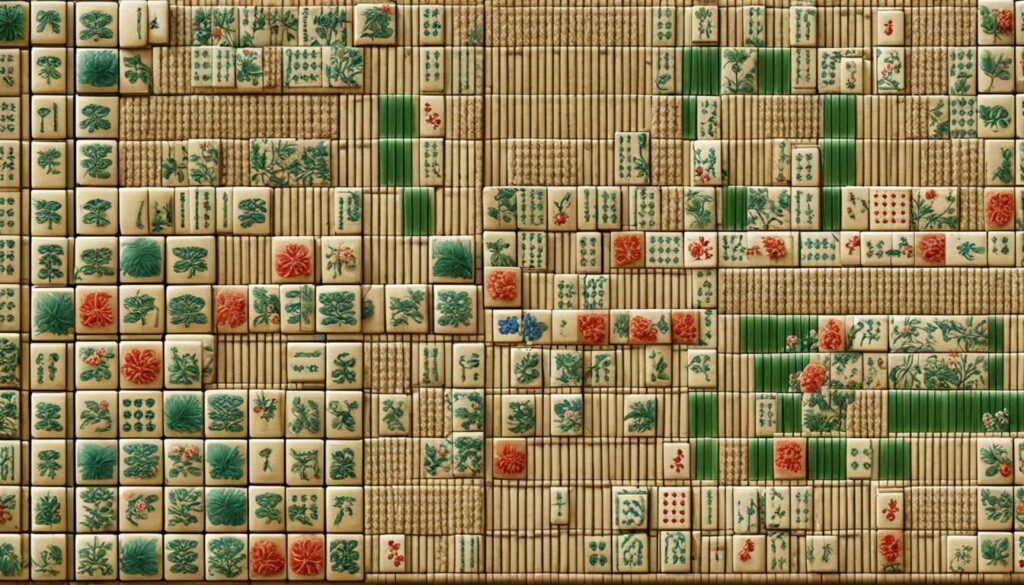
Remember that Mahjong is a game of skill and strategy; mastering the rules and various strategies can take time and practice. The more you play, the better you’ll get, so don’t be discouraged if you don’t win immediately. With patience and dedication, you can become a skilled Mahjong player in no time.
Conclusion
As we conclude our comprehensive guide on Mahjong rules, it is clear that this ancient Chinese game requires skill, strategy, and a solid grasp of its rules. We have covered everything from the game’s history and origins to the setup and equipment needed to play the game. We have also explored the various gameplay rules, special tiles, and scoring systems that make Mahjong a fascinating and challenging game to play.
The key to success in Mahjong lies in mastering these rules and developing winning strategies. Players can increase their chances of winning by understanding the game’s objective and employing the right tactics. Moreover, exploring different variations of Mahjong can also enrich the gameplay experience and provide new challenges to overcome.
As you continue to practice and play Mahjong, we encourage you to revisit this guide to deepen your understanding of the game’s rules and improve your gameplay. Remember, a solid foundation of Mahjong knowledge is essential for enjoying this game’s full range of strategic and tactical possibilities.


